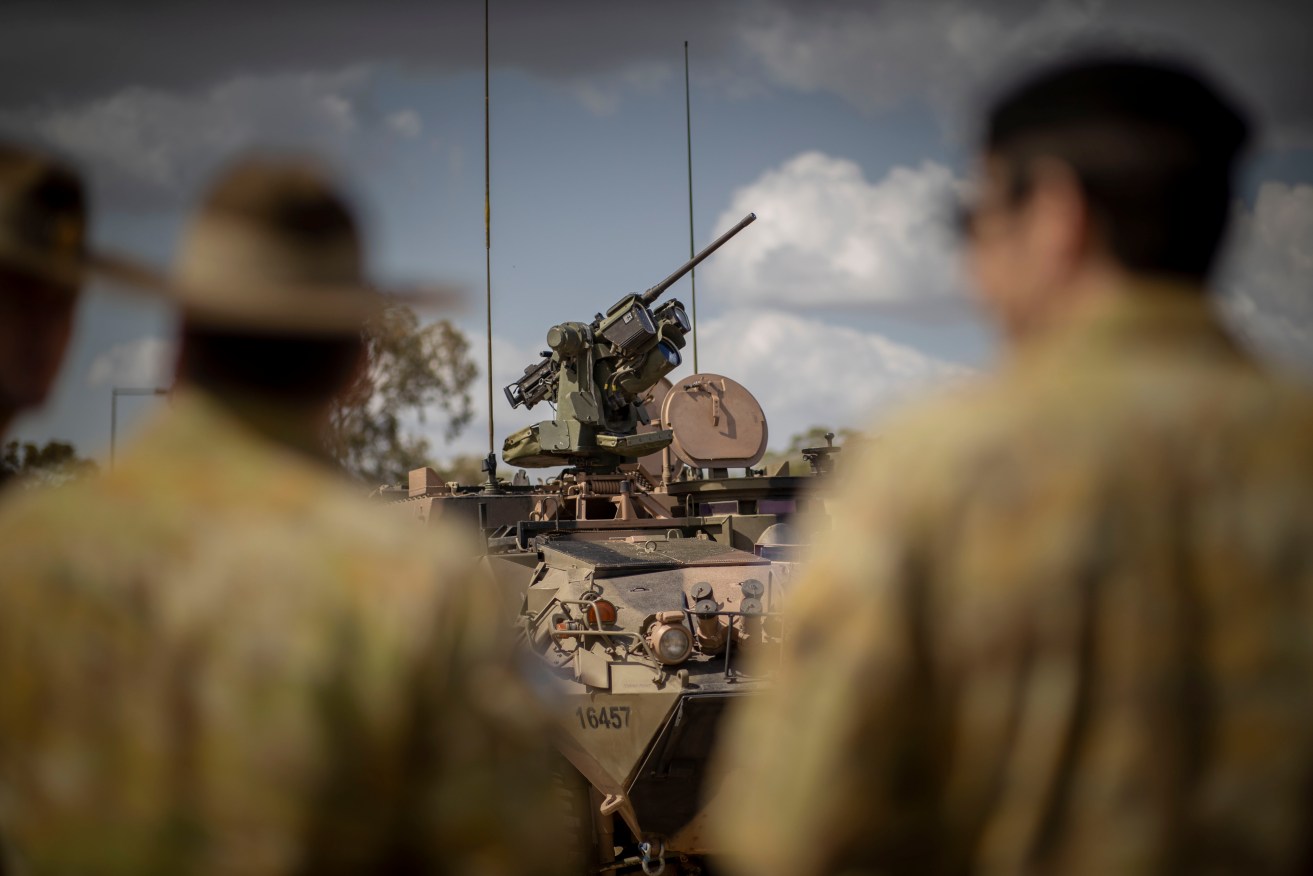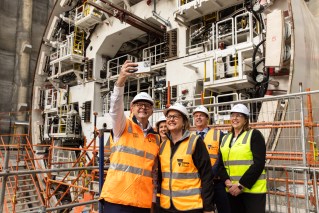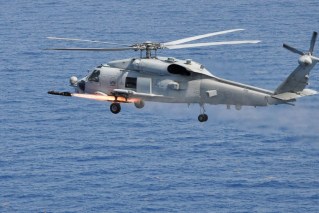Urgent revamp needed for out-of-date defence force


Forty-seven sexual assault offences were received by the Director of Military Prosecutions in 2022. Photo: AAP
Australia’s defence force needs an urgent overhaul, with a shift towards long-range strike abilities and better bang for taxpayers’ bucks to ready it for the “missile age”.
A declassified review of the Australian Defence Force released on Monday said the nation could no longer rely on long warning times for a conflict, given the ability for adversaries to strike rapidly from afar or through non-conventional means such as economic coercion.
China’s rapid military build-up, the decline of the US as a unipolar power in the Indo-Pacific, nuclear war, climate change, workforce issues and the increase in grey zone attacks such as cyber attacks have all been identified as security threats.
Former defence minister Stephen Smith and ex-defence force chief Angus Houston, who led the independent review, said the challenges required “an urgent call to action”.
That included higher levels of military preparedness and accelerated capability development, they wrote.
“Intense China-United States competition is the defining feature of our region and our time. Major power competition in our region has the potential to threaten our interests, including the potential for conflict,” they wrote.
“Australia does not have effective defence capabilities relative to higher level threats.”
The defence force has been given five main jobs: Defend Australia and the immediate region; deter an attempt to project power against the nation; protect economic connections such as trade routes; contribute to collective security with partners; and maintain the global rules-based order.
The government has responded to the review by immediately cancelling six projects, delaying a further six and redefining the scope of 21 others.
The government will slash the majority of new infantry fighting vehicles from 450 to 129 and boost long-range missile capabilities from a maximum range of 45 kilometres to more than 500 kilometres.
It has also given in-principle support to equipping fighter jets with long-range, anti-ship missiles.
Prime Minister Anthony Albanese said the review represented the most significant examination of Australia’s defence capabilities since World War II.
“It demonstrates a world where challenges to our national security are always evolving. We cannot fall back on old assumptions. We must build the strength in our security by seeking to shape the future rather than waiting for the future to shape us,” he said.
“The recommendations of this review will underpin our work, bolstering relationships with our international partners and promoting peace, stability and prosperity in our region and our world. At its core, all of this is making Australia more self-reliant, more prepared and more secure in the years ahead.”
Deputy Prime Minister Richard Marles said the government agreed with the review’s central finding that the ADF, in its current form, was “not fully fit-for-purpose”.
“For the first time in 35 years, we are re-casting the mission of the Australian Defence Force,” he said.
“This review and the government’s response to it does provide for a reshaping of the Australian Army. But in a way which gives it a much greater strike capability and a much longer range strike capability.”
However, the opposition was less than impressed with the plan. Defence spokesman Andrew Hastie accused the government of playing “tricky politics” by releasing the review on the day before Anzac day.
Mr Hastie said the government’s response would lead to the “deferral of spending and the cannibalising of capability”.
“If you are hoping for unprecedented co-ordination and ambition for the Albanese government today, you have every right to feel let down,” he said.
“The Albanese government has failed to deliver the sort of action that our strategic circumstances require.”
The review makes more than 100 recommendations – the specifics of some will remain classified, along with some government responses.
The six new priority areas include acquiring nuclear-powered submarines, developing the ability to accurately strike targets at longer-range and building ammunition locally and improving defence’s ability to operate from northern Australia.
The headline cost of reprioritising projects is $19 billion over four years, which will be offset through cancelled projects and savings already found by changing to nuclear-propelled submarines through the AUKUS pact.
Enhancing and retaining a highly skilled defence force, working closely with Australian industry and deepening diplomatic relations in the region including through ASEAN and the Pacific Islands Forum have also been identified as priorities.
An inaugural national defence strategy will be developed in 2024 and updated every two years.
An independent review of the navy’s combat fleet – which the review said must have “enhanced lethality” – will also be conducted towards the end of next year, while options for guided weapons and explosives will be delivered by the middle of 2024.
Better preparing the defence force to handle natural disasters and an increase in fuel security, including the transition of defence to clean and renewable energy, have also been recommended.
– with AAP








